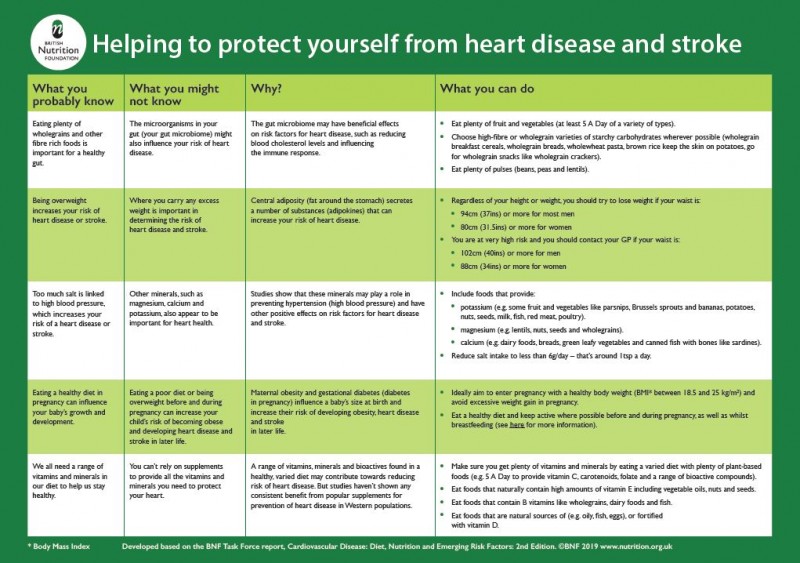
It is vital that your child gets a range of nutrients. These nutrients can be found in many foods. When you are considering food choices, be sure to choose those with lean protein. Lean protein can be found in meat, poultry and fish as well as beans, seeds, nuts and dried fruits. Vegetables can also be good options, provided they aren't processed and have low sodium levels. Whole grains, especially whole wheat, are better for children than those made from refined grains. Low-fat milk, as well as dairy products, are good sources for calcium.
A child should drink lots of water in addition to eating fruits and vegetables. The body needs water to regulate temperature and cell function. Children's water intake should vary depending on their gender and age. High-calorie foods put kids at risk for tooth decay, weight gain, and heart disease, and may increase their risk of developing type 2 diabetes. These foods should be limited in your child's diet. Whole grains are an option, as well as fruits and vegetables.

It is vital to keep in mind that your child's diet should be balanced between high energy requirements for growth and development, and a low-fat and high-fiber diet throughout adulthood. You should consult a physician before making any changes to your child's diet. Talk to your pediatrician before you start introducing new foods. Fiber should not be added to the diet of your child as it can interfere with their ability to absorb vitamins and minerals.
There are many things you need to know about child nutrition. Although it may not be possible to include all nutrients in a child's food, the basics are important. Your child's requirements for vitamins and minerals will change as they age. You must ensure that your child has adequate calcium intake every day. This will help to ensure their overall health. Get plenty of fruits & vegetables to help your child develop healthy habits.
Your child also needs calcium and lots of energy. They are rapidly growing and need lots of nutrients. High energy foods are recommended. Low-fat diets can lead to obesity. These foods must also contain high amounts of vitamins and minerals. For young children, it is important to remember that their needs may vary depending on their activity level.

It is important to find out about foods that are healthy for children. A child's nutrition must include the correct amount of vitamins. A child's BMI is determined by their weight and height. Your pediatrician's recommendations are important. You need to make sure that your child is eating healthy foods. There are many food options on the marketplace that are rich in vitamins and minerals.
FAQ
Is it possible to drink alcohol while training?
Yes. Alcohol can increase energy expenditure, speed up healing time, and reduce soreness.
Additionally, alcohol can increase insulin sensitivity and make it easier to absorb glucose.
Alcohol can also cause dehydration which can lead to a slower metabolism. Alcohol can also lower testosterone production, which could lead to a decrease in muscle-building potential.
It is important that women refrain from drinking alcohol before they exercise. Women who are heavily alcoholic should wait at minimum 24 hours before starting to work out.
Breastfeeding women should stay away from alcohol.
Men should limit their alcohol intake to just one drink each day.
How many calories should you consume each day?
This can vary from person to person. On average, 2000 to 2500 calories are consumed per day. Based on your age, gender, height and activity level, you will need to calculate how many calories you require.
How To Lose Belly Fat Fast
There are many methods that can help you reduce your belly fat quickly. One method is to eat less and drink lots of water.
Another way to increase metabolism is to run and swim.
If you want to remove belly fat quickly, you should also avoid sitting down for too long. Instead, stand up throughout the day. This will help you lose more calories.
If you are having trouble losing belly weight despite trying all of these methods, there is another way.
This involves using a device called a belt. When you sit down, the belt tightens around your waist.
As a result you'll feel uncomfortable and will be more mobile. This forces you to burn more calories and reduces your belly fat.
What's the best workout for men over 40?
Older men often have more energy and stamina when they exercise.
It is important for you to know that over 40s experience a reduction in testosterone which can lead to lower sex drive.
But, that doesn't mean you can't enjoy some physical activity. Many studies show that regular aerobic exercise can boost testosterone in some men.
So, if you want to improve your sexual performance, you can start with an aerobics routine.
Which order is best for working out?
It all depends on what you're looking for. You should start with heavy weights if your goal is to build muscle mass. Next, you can move onto cardio. You can then go to strength training if your goal is to lose weight.
If you just want to burn fat, start by doing cardio. You can then add strength training.
Then if you want to gain muscle mass, do cardio last because it stimulates growth hormones which help build muscle mass.
You should also eat before your workout. This will give your muscles more fuel, so they work harder. Plus, it makes you feel better during your workout.
Statistics
- Cardmembers earn 5% Back at Amazon.com with a Prime Credit Card. (amazon.com)
- 10 pounds in a month is likely during a lean bulking phase, especially for beginners. (muscleandstrength.com)
- By John Thompson Take a whopping 38% off a set of PowerBlock Pros. (menshealth.com)
- Are You One of the 20% of Guys (mh.co.za)
- The PRS enabled risk stratification for overall prostate cancer and lethal disease with a four-fold difference between men in the highest and lowest quartiles (HR, 4.32; 95% confidence interval [CI], 3.16-5.89). (pubmed.ncbi.nlm.nih.gov)
External Links
How To
How do I lose fat by exercising?
Exercise burns calories through increased metabolism and oxygen consumption.
Moderate intensity exercise is a safe way to lose weight.
These tips will help you burn fat and keep fit while exercising.
-
Cardio exercises can include running, walking, swimming or cycling.
-
You can exercise for 30 mins three times per week.
-
You can add strength training into your exercise routine if you're looking to lose even more weight.
-
Avoid intense exercise. It's possible to build muscle, but not lose it.
-
Drink plenty of water during exercise. Water helps to flush out toxins from the body and maintains proper hydration.
-
Choose low-fat protein shakes after working out. Protein shakes boost energy and repair muscle tissue.
-
Smaller meals are better for you.
-
Don't skip breakfast! Skipping breakfast can lead to fatigue and sluggishness.
-
Take care of your mental health. Stressful situations can slow metabolism.
-
Keep a positive attitude. Studies show that overweight people are more likely to be obese than those who perceive themselves as attractive.
-
Get enough sleep. It is harder to lose fat if you don't get enough sleep.
-
Always be active. Get up every hour and get moving.
-
Maintain a healthy diet. You will feel fuller longer if you eat right.
-
Find ways to relax. An anxious mind won't allow your body release stress hormones, which can lead to the destruction of muscle tissue.
A balanced diet includes all essential nutrients needed for growth and development.
You should eat six small meals per day rather than three large ones. This gives your body more time to digest the food you eat.
Calcium is required to support strong bones. Calcium can also be found in milk products, yogurt, fortified Soy beverages, orange Juice, cereals and bread.
Calcium is found in green leafy vegetables, beans, tofu, seeds, nuts, and cheese.
Vitamin D is essential for calcium absorption. It's found in fatty fish, egg yolk, and some fortified foods.
Vitamin E is essential for skin health. Vitamin E is found in vegetable oils and wheat germ oil, as well as peanuts, almonds and sunflower seeds.
Zinc is essential for healthy immunity and wound healing. Zinc can be found as a mineral in oysters.
Zinc deficiency can cause fatigue, loss of appetite, depression, and impaired immunity.
Eating too much sugar causes insulin resistance, which increases blood glucose levels. Insulin resistance leads to weight gain.
Insulin resistance is caused by high blood levels of free-radicals. Free radicals are molecules with unpaired electrons that damage cell membranes and other parts of the body.
Most free radicals come from pesticides herbicides, food additives, preservatives smoking, radiation, chemical in cosmetics, lotions and household cleaning supplies.
Free radical damage can cause cancer, heart disease and diabetes, as well as arthritis, asthma, and other diseases.
Antioxidants are essential for preventing free radical damage. Antioxidants protect against oxidative damage.
Vitamin C can be found in citrus fruits. Beta carotene can be found in carrots. Sweet potatoes. Tomatoes. Carrots. Sweet potatoes. Spinach. Broccoli. Cantaloupe. Vitamin E is found in nuts. Olive oil, avocados.
Additional antioxidant nutrients include selenium and copper, manganese and zinc.
Selenium protects cells against oxidative damage from free radicals. Selenium is found in Brazil nuts, tuna, liver, kidney, shrimp, cod, turkey, beef, lamb, pork, and chicken.
Copper protects the brain, eyes, lungs, and red blood cells. Copper is found in shellfish, poultry, meat, and organ meats.
Manganese plays an important role in bone structure. Manganese can also be found in oatmeal, brown rice, spinach and bananas.
Zinc is necessary for average growth, reproduction, and wound healing. Zn is found in lean meats, poultry, white fish and eggs.